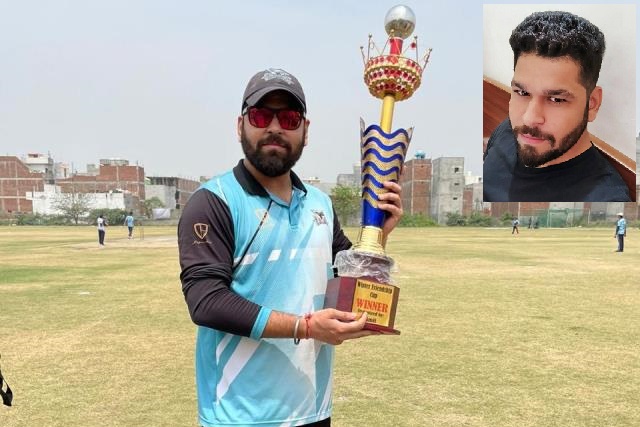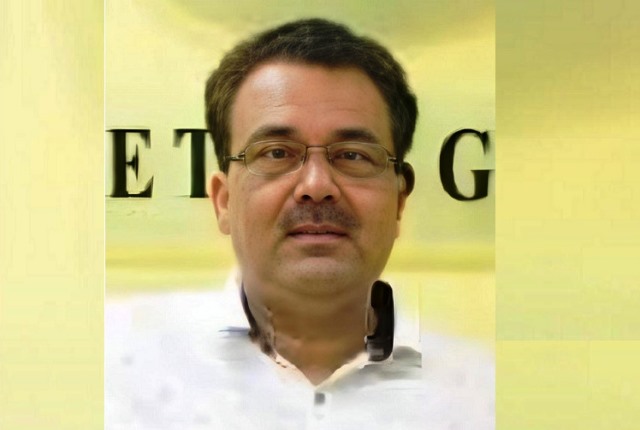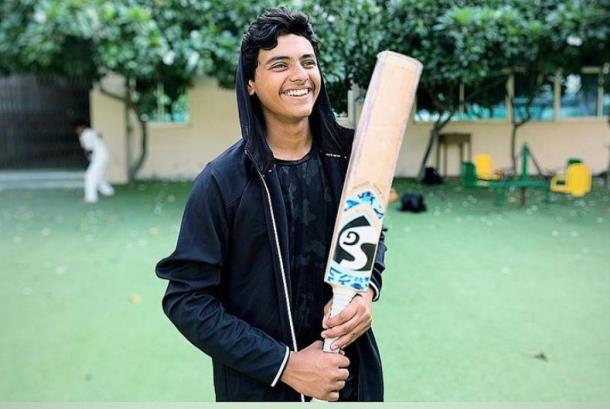Ankit Agnihotri, an avid cricket enthusiast, says new players bring in new energy and new techniques which is important for a game to evolve. His views:
As a lifelong cricket fan, I’ve had the joy of watching legends like Sunil Gavaskar, then Sachin Tendulkar, and now Virat Kohli and Rohit Sharma carry the dreams of an entire nation. Their contributions to Indian cricket are undeniable, and seeing them perform at their peak was an indulgence. However, as these players age and their form fluctuates, I can’t help but feel that they are holding on just a bit too long. At some point, even the greatest of the greats needs to step aside, and it feels like that moment has come for a few of our current stars.
It’s hard not to notice the number of young, promising players waiting for their chance. These players have the energy, skills, and hunger to take on the world stage, but they often get pushed to the sidelines, usually given games only against weaker teams like Ireland or Bangladesh. What does that do for them?
They need real exposure, against strong teams, to truly develop and show what they’re made of. Yet, with senior players clinging to their spots, these young cricketers end up with very limited opportunities. It’s like they’re waiting for someone to hand them the baton, but that moment never seems to arrive.
Cricket is a sport that evolves, and each generation brings something new to the game. While experience is invaluable, it’s also true that a team full of veterans can quickly become stagnant. We need to infuse young blood on the field to bring fresh energy and new strategies. With players like Kohli and Sharma taking the lead for so long, we’ve come to depend on them, but it’s time for them to help usher in the next generation. Imagine a team that’s a blend of seasoned pros and young talent—where young players get to learn alongside legends. That’s how a great team becomes unstoppable.
ALSO READ: ‘Senior Players Should Retire Gracefully, Not Drag Their Feet’
The balance of experience and youth is crucial for any team. When Gavaskar retired, he made room for the next wave of players, who brought their own style and strength to the game. When Tendulkar retired, it was sad, yes, but it allowed new leaders to emerge. Now, we’re at a similar point. We need Rohit and Virat to recognize this and make space for the next batch of stars. They’ve already secured their legacies—retiring gracefully now would only enhance that.
Indian cricket is about more than just individual stars; it’s about building a team that can endure, adapt, and stay competitive for years to come. Young cricketers bring speed, agility, and the ability to handle the physical demands of today’s game, while the veterans offer wisdom and calm under pressure. Let’s give these young players a chance to learn from the best, to play on the biggest stages, and to make their own mark.
Ultimately, it’s not about pushing anyone out. It’s about ensuring that the team remains strong, balanced, and forward-looking. A graceful exit by the senior stars would open doors for emerging talent and give fans a new generation to cheer for, without ever losing the spirit and excitement that legends like Gavaskar, Tendulkar, Kohli, and Sharma brought to the game.
For more details visit us: https://lokmarg.com/
As told to Deepti Sharma



